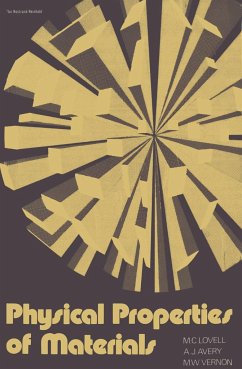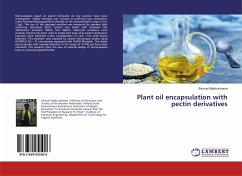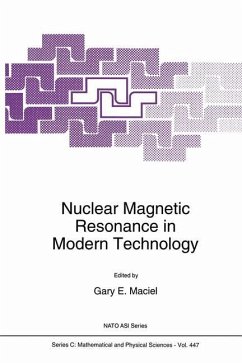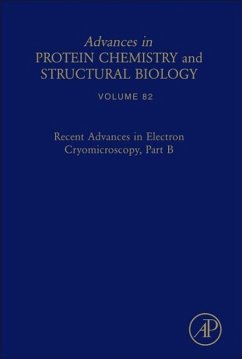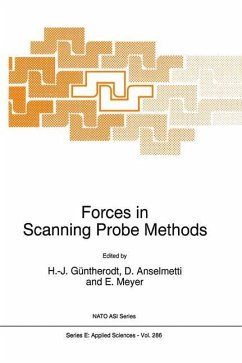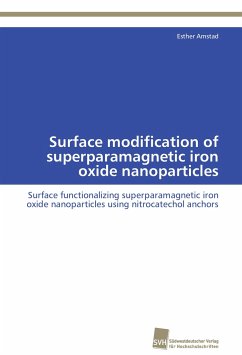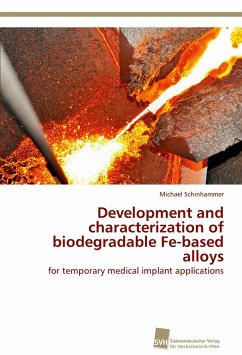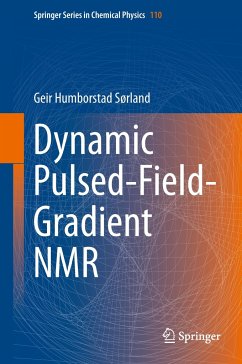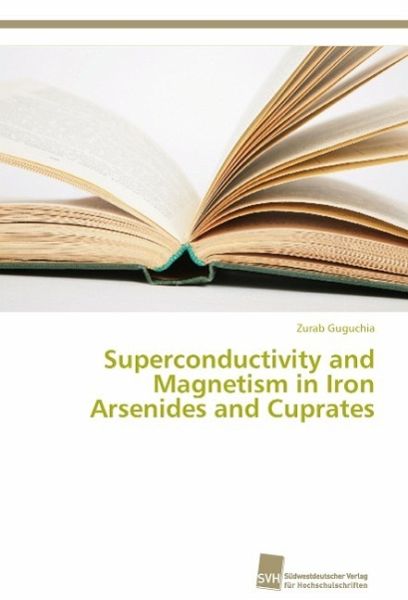
Superconductivity and Magnetism in Iron Arsenides and Cuprates
Versandkostenfrei!
Versandfertig in 6-10 Tagen
32,99 €
inkl. MwSt.

PAYBACK Punkte
16 °P sammeln!
High-temperature (high-Tc) superconductivity is a fascinating field in condensed matter physics research. After more than twenty-five years of research, the origin of high-Tc superconductivity is still not clear. To understand the microscopic pairing mechanism and to explain high-Tc superconductivity are for academic and technical reasons of great interest. This book is focused on the studies of superconducting (SC) and magnetic properties in two classes of high-Tc superconductors. Namely, in the novel Fe-based compounds Eu122, BaRb122 and in the cuprate system LBCO with 1/8 doping. The combin...
High-temperature (high-Tc) superconductivity is a fascinating field in condensed matter physics research. After more than twenty-five years of research, the origin of high-Tc superconductivity is still not clear. To understand the microscopic pairing mechanism and to explain high-Tc superconductivity are for academic and technical reasons of great interest. This book is focused on the studies of superconducting (SC) and magnetic properties in two classes of high-Tc superconductors. Namely, in the novel Fe-based compounds Eu122, BaRb122 and in the cuprate system LBCO with 1/8 doping. The combination of muon-spin rotation, nuclear magnetic resonance, magnetization, and x-ray experiments allowed to probe the properties at the microscopic and macroscopic level. As a result, the superconducting and magnetic phase diagrams with respect to charge carrier doping as well as chemical and hydrostatic pressure were obtained. The phase diagrams cover the transition temperatures, the ordered moments and the volume fractions. The obtained phase diagrams revealed that, in the systems studied, superconductivity and magnetism are competing orders.



